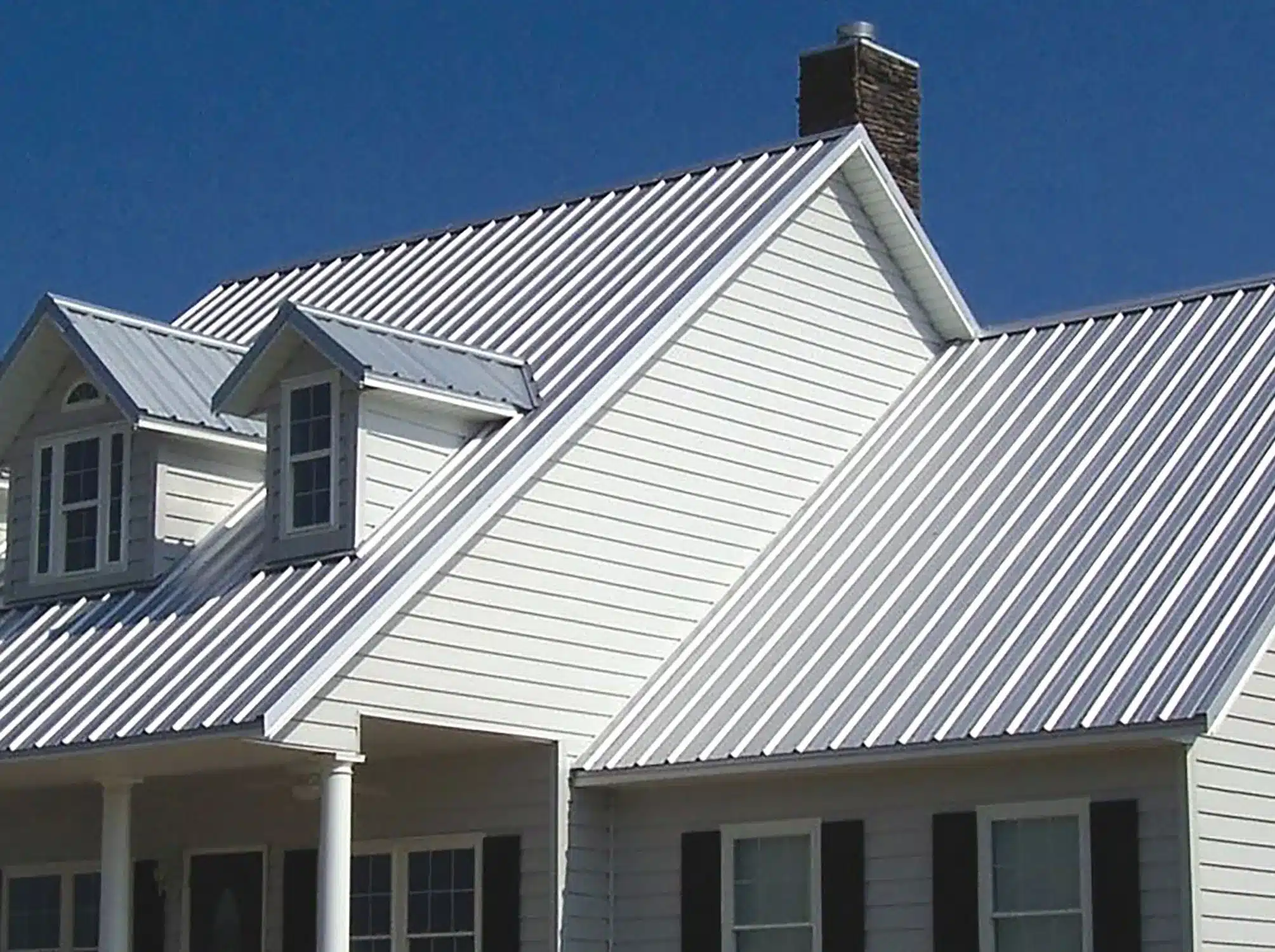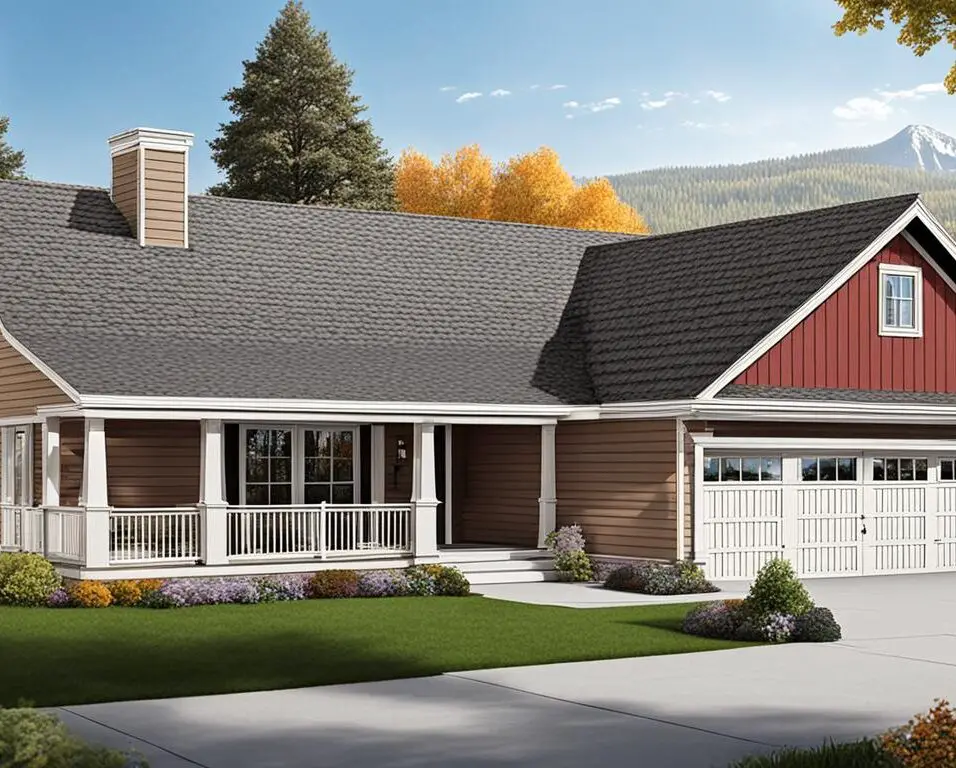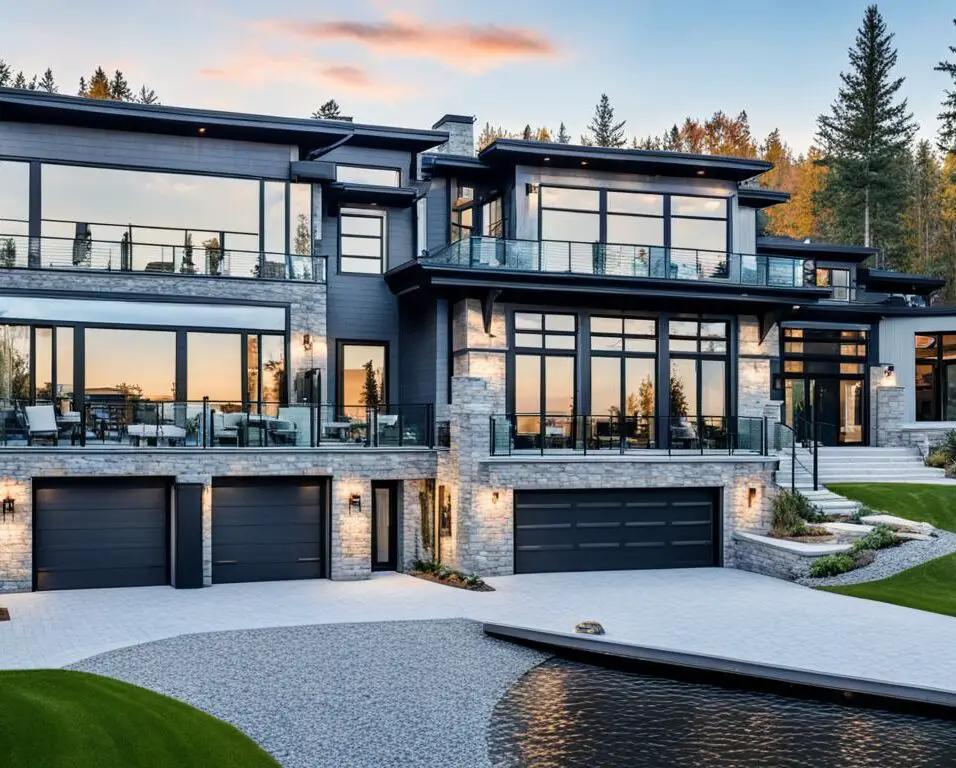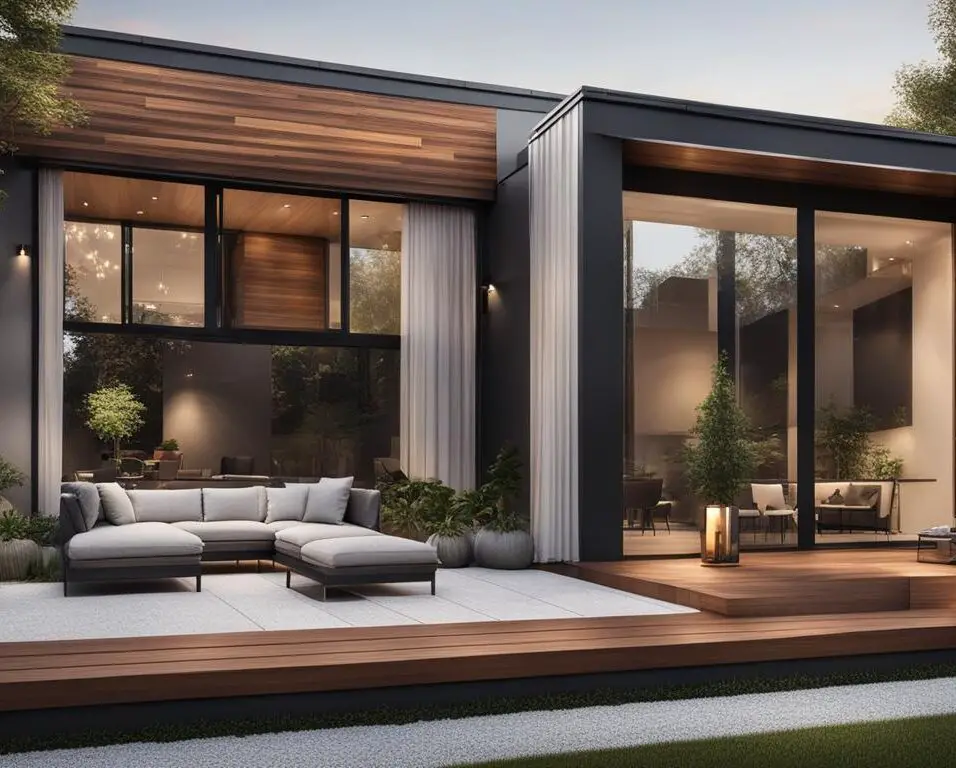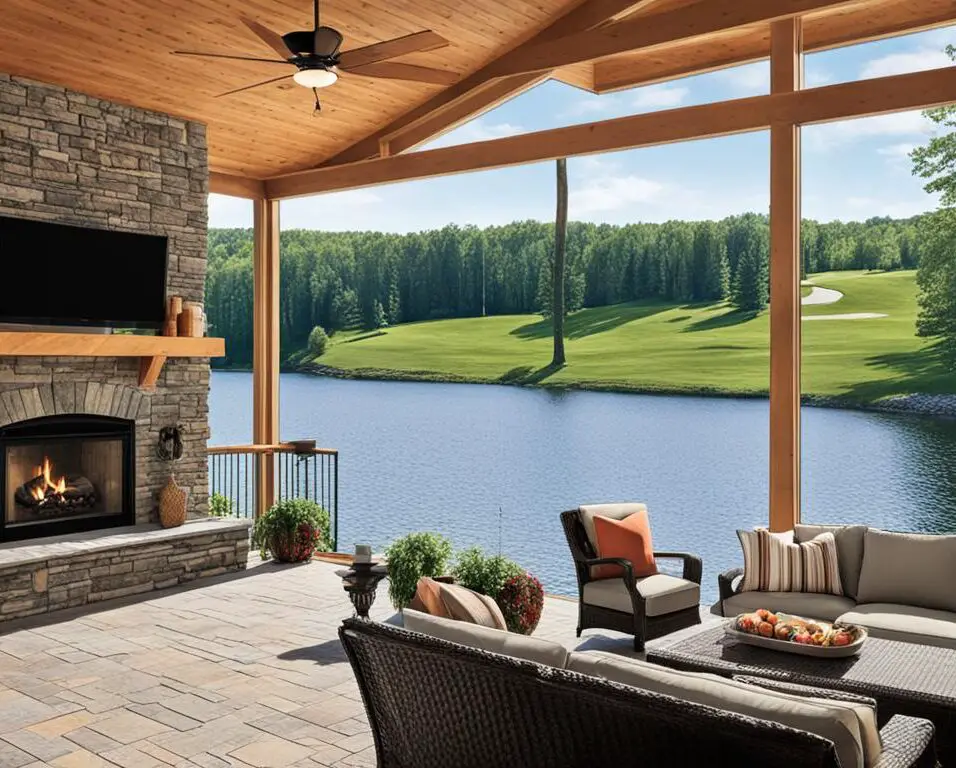How Expensive Is A Metal Roof
Introduction
How Expensive Is A Metal Roof: Another crucial factor that influences the cost of a metal roof is the size and complexity of the roof. Larger roofs naturally require more materials, resulting in higher costs. Additionally, roofs with intricate designs, multiple angles, or unique architectural features may require specialized installation techniques, further increasing the overall expense. It is important to consider these factors when estimating the cost of a metal roof for your specific property.
Furthermore, the installation process itself contributes to the overall cost. Metal roofs can be installed using various methods, including standing seam panels, metal shingles, or metal tiles. Each installation technique requires different materials and labor, which can impact the final price. Additionally, the expertise and experience of the roofing contractor can also affect the cost. Metal roofs are more expensive than asphalt shingles, but they last longer and are cheaper in the long term. They also withstand extreme weather, fire, and vermin, giving homeowners peace of mind.
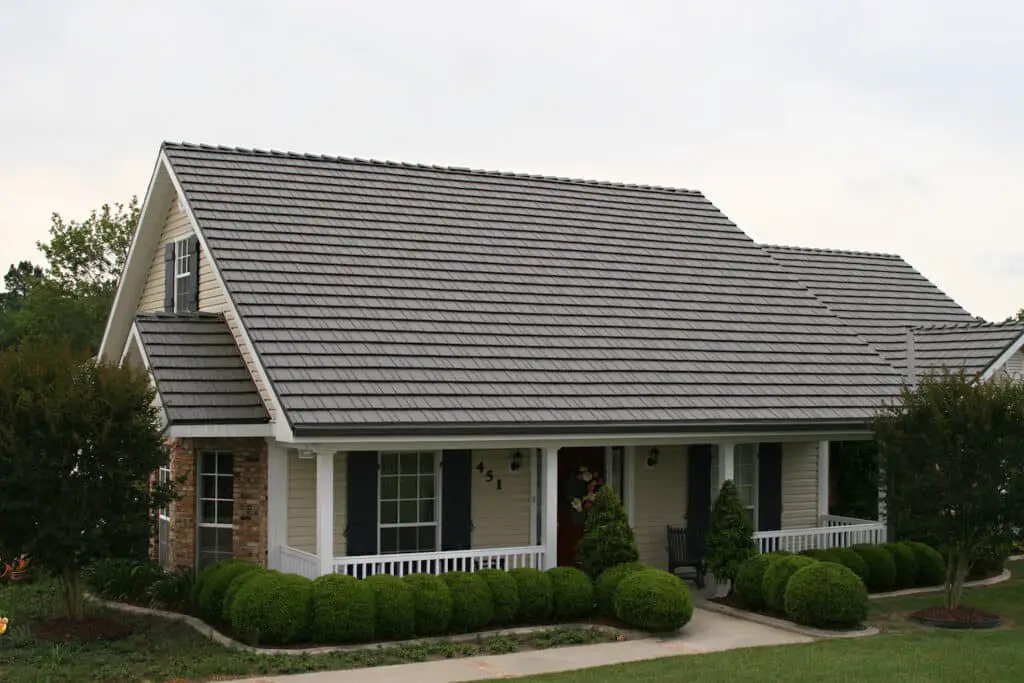
What is the cheapest metal roof option?
Corrugated metal panels are made from rolled steel that is shaped into wavy or boxy looking panels. It is the most affordable type of steel roofing on the market and has exposed fasteners which makes it an easier panel system to install.
A metal roof is a popular choice for homeowners due to its durability, longevity, and energy efficiency. When it comes to selecting a metal roof, cost is often a significant factor to consider. Homeowners are often on the lookout for the cheapest metal roof option that still provides excellent quality and performance. In this article, we will explore various factors that influence the cost of metal roofs and discuss the most affordable options available in the market.
Factors influencing the cost of metal roofs:
Several factors contribute to the overall cost of a metal roof. The type of metal used, the roof’s size and complexity, the installation method, and additional features all play a role in determining the final price. Different metals have varying costs, with steel being the most affordable option, followed by aluminum and copper. The size and complexity of the roof affect the amount of material required and the labor involved, which can impact the overall cost. Additionally, the installation method, such as standing seam or metal shingles, can also influence the price.
The most affordable metal roof options:
Among the various metal roof options available, steel roofs are generally the most cost-effective. Steel is a durable and lightweight material that offers excellent protection against the elements. It is also highly resistant to fire, making it a safe choice for homeowners. Additionally, steel roofs require minimal maintenance, further reducing long-term costs. Another affordable option is aluminum, which is lightweight and corrosion-resistant.
Considerations when choosing a metal roof:
While cost is an essential factor, it is crucial to consider other aspects when selecting a metal roof. The longevity of the roof, its energy efficiency, and its aesthetic appeal should also be taken into account. Investing in a high-quality metal roof may initially be more expensive, but it can provide long-term savings through reduced energy costs and minimal maintenance requirements. Additionally, considering the climate and weather conditions in your area is important, as certain metals may be more suitable for specific environments. Consulting with a professional roofing contractor can help you make an informed decision based on your specific needs and budget.
When searching for the cheapest metal roof option, steel and aluminum roofs are the most affordable choices. However, it is essential to consider factors such as durability, energy efficiency, and aesthetic appeal when making a decision. By weighing these factors and consulting with a professional, homeowners can select a cost-effective metal roof that meets their requirements and provides long-lasting protection for their homes.
Are metal roofs noisy?
Firstly, it is important to understand that not all metal roofs are created equal. Different metals have different acoustic properties, which can affect the noise level. For example, tin roofs tend to be noisier compared to other metals like steel or aluminum. However, modern metal roofing systems are designed with noise reduction in mind. They often have multiple layers and coatings that help dampen the sound and minimize any potential noise issues.
Secondly, the installation method plays a crucial role in determining the noise level of a metal roof. When installed properly, with the right techniques and materials, metal roofs can be just as quiet as any other roofing material.
Additionally, the presence of insulation can significantly reduce the noise level of a metal roof. Insulation acts as a barrier, absorbing and blocking sound waves, preventing them from entering the interior of the house. By installing insulation between the metal roof and the attic, homeowners can enjoy a quieter living environment, even during heavy rain or hailstorms.
Which roof is best for house?
What is the most durable type of roof/roofing material? Slate is the most durable and longest-lasting roofing material, with a life expectancy of more than 150 years. The next most durable material is clay, which has a lifespan of about 100 years.
When it comes to choosing the best roof for your house, there are several factors to consider. The roof is an essential component of any home, providing protection from the elements and enhancing the overall aesthetic appeal. With a wide range of roofing options available in the market, it can be overwhelming to determine which one is the most suitable for your specific needs. In this article, we will explore different types of roofs and discuss their advantages and disadvantages, helping you make an informed decision for your house.
Types of Roofs:
One of the most popular roofing options is asphalt shingles. These are cost-effective, durable, and come in a variety of colors and styles. Asphalt shingles are relatively easy to install and maintain, making them a popular choice among homeowners. Another common option is metal roofing, which offers excellent durability and longevity. Metal roofs are resistant to fire, rot, and insect damage, making them a practical choice for areas prone to extreme weather conditions.
Advantages and Disadvantages:
Each type of roof has its own set of advantages and disadvantages. For instance, asphalt shingles are affordable and widely available, but they may not be as long-lasting as metal or tile roofs. Metal roofs, on the other hand, can be more expensive upfront, but they offer superior durability and energy efficiency. Tile roofs are known for their aesthetic appeal and longevity, but they can be heavy and require additional structural support.
Considerations:
When selecting the best roof for your house, it is crucial to consider factors such as climate, budget, and architectural style. If you live in an area with high rainfall or snowfall, a roof with good water resistance and drainage capabilities is essential. Additionally, your budget will play a significant role in determining the type of roof you can afford. Lastly, the architectural style of your house should also be taken into account to ensure the roof complements the overall design.
Choosing the best roof for your house involves careful consideration of various factors. Whether you opt for asphalt shingles, metal roofing, or tile roofs, each option has its own advantages and disadvantages. By assessing your specific needs, budget, and architectural style, you can make an informed decision that provides both functionality and aesthetic appeal to your home.
Which type of roof is cheapest?
Asphalt shingles
Asphalt shingles and metal roofing are two very common cost-effective materials. Between the two, asphalt shingles are the cheaper material.
When it comes to choosing a roof for your home, cost is often a significant factor to consider. Homeowners want to find the most affordable option that still provides durability and protection. With a wide range of roofing materials available in the market, it can be challenging to determine which type of roof is the cheapest. In this article, we will explore various roofing options and analyze their cost-effectiveness to help you make an informed decision.
Factors Affecting Roofing Costs:
Before delving into specific roofing materials, it is essential to understand the factors that influence roofing costs. The size and complexity of your roof, as well as the region you live in, can significantly impact the overall expenses. Additionally, labor costs, installation requirements, and maintenance needs should also be taken into account when evaluating the affordability of different roofing options.
Asphalt Shingles: The Affordable Choice:
One of the most popular and cost-effective roofing materials is asphalt shingles. These shingles are widely available and come in various styles and colors, making them suitable for different architectural designs. Asphalt shingles are relatively easy to install, which helps reduce labor costs. Moreover, they offer good durability and can last up to 20-30 years with proper maintenance.
Metal Roofing: Long-Term Savings:
While metal roofing may have a higher upfront cost compared to asphalt shingles, it offers long-term savings that make it an attractive option for budget-conscious homeowners. Metal roofs are known for their exceptional durability and longevity, often lasting 50 years or more. Additionally, they require minimal maintenance and are highly resistant to fire, insects, and rot. These factors contribute to lower repair and replacement costs over time.
Although clay or concrete tiles may have a higher initial cost, they can be a cost-effective choice in the long run. These tiles are known for their durability and ability to withstand harsh weather conditions. They offer excellent insulation properties, which can help reduce energy costs. Additionally, clay or concrete tiles provide a unique and aesthetically pleasing appearance, enhancing the curb appeal of your home and potentially increasing its value.
Choosing the cheapest type of roof involves considering various factors such as upfront costs, long-term savings, durability, and maintenance requirements. While asphalt shingles are often the most affordable option, metal roofing and clay or concrete tiles can provide long-term cost-effectiveness and aesthetic appeal. It is crucial to assess your specific needs, budget, and preferences before making a decision. Consulting with roofing professionals can also help you determine the best roofing material that suits your requirements and budget.
What type of roof is safest?
Metal Roof
Metal Roof
They have fire protection, which means that the sheets will not catch fire and are considered the safest roofing material. Metal roofs can withstand hail, rain and snow better than conventional materials. They are environmentally friendly: they are 100 percent recyclable.
When it comes to ensuring the safety of our homes, one crucial aspect to consider is the type of roof we choose. A roof not only protects us from external elements but also plays a significant role in safeguarding our property and loved ones. With numerous options available in the market, it can be overwhelming to determine which type of roof is the safest. In this article, we will explore various factors that contribute to the safety of a roof and discuss some of the safest options available.
Factors contributing to roof safety:
Before delving into the different types of roofs, it is essential to understand the factors that contribute to their safety. One crucial factor is the material used for the roof. Certain materials, such as metal or concrete, offer better resistance against fire, extreme weather conditions, and impact from falling debris. Additionally, the structural integrity of the roof plays a vital role in its safety. A well-built roof with proper reinforcement can withstand heavy winds, snow loads, and even earthquakes.
Safest types of roofs:
Metal roofs: Metal roofs have gained popularity in recent years due to their exceptional safety features. They are highly resistant to fire, wind, and impact, making them an excellent choice for areas prone to wildfires or severe storms. Metal roofs are also durable and can last for several decades with minimal maintenance. Moreover, they are lightweight, reducing the risk of structural damage to the building.
Concrete roofs: Concrete roofs are known for their strength and durability. They offer excellent resistance against fire, extreme weather conditions, and even pests. Concrete roofs are also energy-efficient, providing insulation and reducing heating and cooling costs. However, it is important to ensure proper installation and maintenance to prevent cracks or leaks.
Slate roofs: Slate roofs are renowned for their longevity and natural beauty.
They are fire-resistant, durable, and can withstand harsh weather conditions. Slate roofs are also eco-friendly, as the material is natural and can be recycled. However, they are relatively expensive and require professional installation due to their weight.
The cost of a metal roof is influenced by several factors that need to be considered when determining the overall expense. One of the primary factors is the size and complexity of the roof. Larger roofs or those with intricate designs may require more materials and labor, resulting in higher costs. Additionally, the type of metal used for the roof can impact the price. Different metals have varying costs, with options like aluminum and steel being more affordable compared to premium metals like copper.
Another factor that contributes to the cost is the installation process. If the existing roof needs to be removed before installing the metal roof, it can add to the overall expense. Additionally, the location and accessibility of the property can affect the labor costs. Roofs in remote or hard-to-reach areas may require additional effort and time, leading to increased expenses.
Furthermore, the quality and thickness of the metal panels play a role in determining the cost. Thicker panels tend to be more expensive but offer enhanced durability and longevity. Other factors that can impact the cost include insulation requirements, additional features like skylights or chimneys, and the complexity of the roof’s shape and design.
How does the cost of a metal roof compare to other roofing materials?
When comparing the cost of a metal roof to other roofing materials, it is important to consider both the upfront expenses and the long-term savings. Metal roofs tend to have a higher initial cost compared to traditional roofing options such as asphalt shingles or wood shakes. This is primarily due to the higher cost of materials and the specialized installation techniques required for metal roofs.
However, it is crucial to note that while the upfront cost may be higher, metal roofs offer significant long-term cost benefits. Metal roofs are known for their durability and longevity, often lasting two to three times longer than other roofing materials. This means that homeowners who choose a metal roof can potentially save money on future roof replacements.
Additionally, metal roofs are highly energy-efficient, reflecting sunlight and reducing heat absorption. This can result in lower cooling costs during hot summer months, leading to further long-term savings. It is important to consider these factors when comparing the cost of a metal roof to other roofing materials, as the initial investment can be outweighed by the long-term financial advantages.
Are there any long-term cost benefits associated with installing a metal roof?
Yes, there are several long-term cost benefits associated with installing a metal roof. One of the main advantages is its durability and longevity. Metal roofs have a significantly longer lifespan compared to traditional roofing materials such as asphalt shingles. While asphalt shingles may need to be replaced every 15-20 years, a metal roof can last 50 years or more with proper maintenance. This means that homeowners who choose a metal roof can avoid the frequent and costly need for roof replacements, saving them money in the long run.
Another cost benefit of metal roofs is their energy efficiency. Metal roofs are highly reflective, meaning they can reflect a significant amount of the sun’s heat away from the building. This can result in lower cooling costs during hot summer months, as the building’s air conditioning system doesn’t have to work as hard to maintain a comfortable temperature. Additionally, some metal roofs can be coated with special reflective coatings that further enhance their energy efficiency.
Furthermore, metal roofs are resistant to many common roofing issues such as rot, insect infestations, and fire. This means that homeowners are less likely to incur costly repairs or replacements due to these issues. Additionally, metal roofs are low maintenance, requiring minimal upkeep and reducing the need for ongoing expenses.
What are the potential cost savings or drawbacks of choosing a metal roof over traditional roofing options?
When considering the cost savings of choosing a metal roof over traditional roofing options, there are several factors to take into account. One significant advantage is the longevity of metal roofs. This extended lifespan can result in significant cost savings over time, as homeowners avoid the expense of frequent roof replacements.
Another cost-saving aspect of metal roofs is their energy efficiency. Metal roofs are highly reflective, meaning they can reflect a significant amount of the sun’s heat away from the building.
However, it is important to consider potential drawbacks when choosing a metal roof. This is due to the higher cost of materials and the specialized skills required for installation. Additionally, if not properly installed, metal roofs can be prone to noise during heavy rain or hailstorms.
Are there any additional expenses or hidden costs to consider when installing a metal roof?
When it comes to installing a metal roof, it is important to consider any additional expenses or hidden costs that may arise. One potential additional expense is the need for specialized tools and equipment. Metal roofs require specific tools for installation, such as metal shears, standing seam roof clamps, and metal roof cutters. These tools can add to the overall cost of the project, especially if they need to be purchased or rented.
Another factor to consider is the cost of insulation. Metal roofs can be noisy during rain or hailstorms, so many homeowners opt to install additional insulation to reduce the noise. This can add to the overall cost of the project, but it can also provide long-term benefits in terms of comfort and energy efficiency.
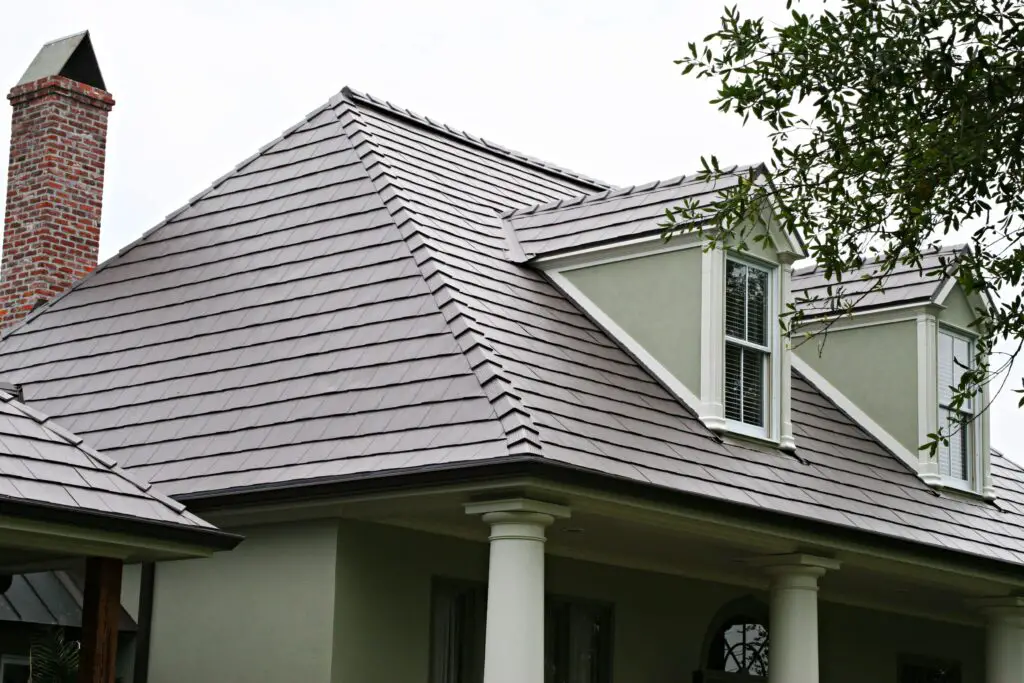
Conclusion
A metal roof can be a significant investment for homeowners, but its long-term benefits make it a worthwhile choice. When considering the cost of a metal roof, it is essential to evaluate its durability, energy efficiency, and overall lifespan. This durability translates into a longer lifespan compared to traditional roofing materials, such as asphalt shingles.
One of the key advantages of a metal roof is its energy efficiency. While the initial cost of a metal roof may be higher compared to other roof cost options, its long-term benefits outweigh the upfront investment. Metal roofs require minimal maintenance and are resistant to common issues such as rotting, cracking, and insect infestation. This means homeowners can save on repair and replacement costs over time.
Additionally, its minimal maintenance requirements and potential increase in property value make it a wise investment. When considering a roofing option, it is crucial to evaluate the overall benefits and weigh them against the initial cost.



